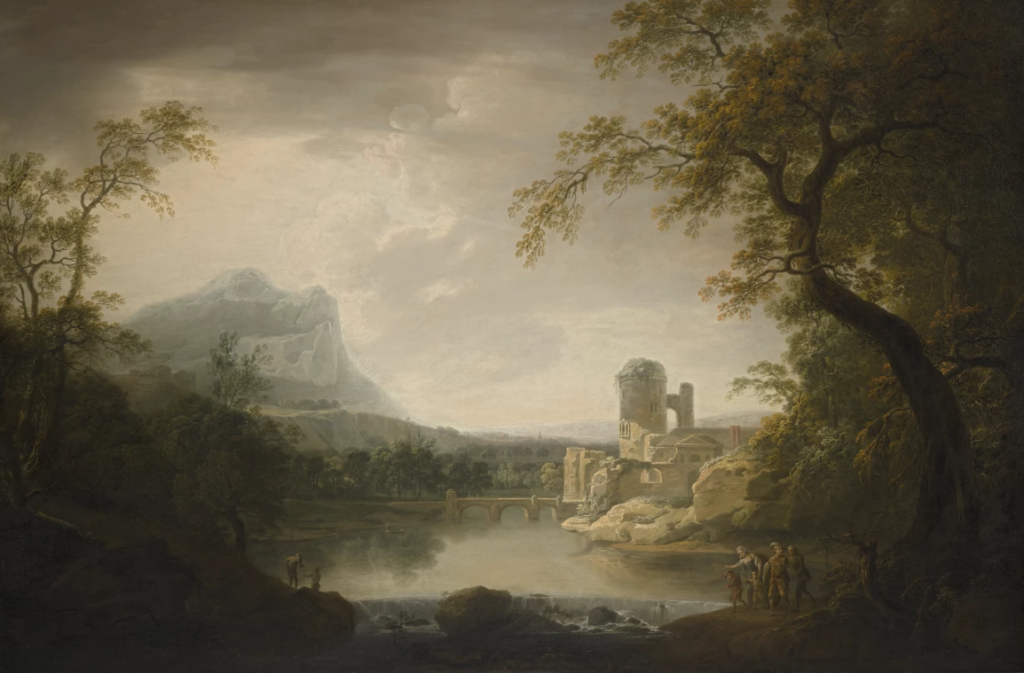Landscapes is the visible features of an area of land which is often seen for their aesthetic appeal, This can be areas like forests, rivers, cities skylines, mountains and anything that includes a wide view and natural elements can be considered as a Landscape. Landscapes started to become emerged in the western culture with the growth of the natural world which was sparked by the renaissance around in the 16th century. And by the 17th century the classical landscape was introduced, these landscapes were influenced by classical antiquity and were thought to provide an ideal landscape to think of Arcadia which is a legendary place in ancient Greece which is well known for its quiet pastoral beauty.

Landscapes then had a sudden rise in the late 18th century to 19th century, this was because the industrial revolution was starting to alter the traditions of rural life. Which then prompted people to move away from more classic and idealised landscapes and shift their focus into creating landscapes which were more focused on directly nature which is a practice known as plein air painting. This new focus on landscapes ended up revealing a new generation of painters which would introduce their own techniques to landscape paintings.

Landscape Photography was introduced in the 19th century and the earliest known photo taken of a landscape was between the years 1826 and 1827. It was a urban landscape photo taking by a French inventor by the name of Nicephore Niepce who was also the first person to make a permanent photographic image with the camera obscura. This first landscape image would then continue to shape the future of Landscape Photography to what it has now become today where it is now more advanced and more detailed thanks to modern technologies and innovations.